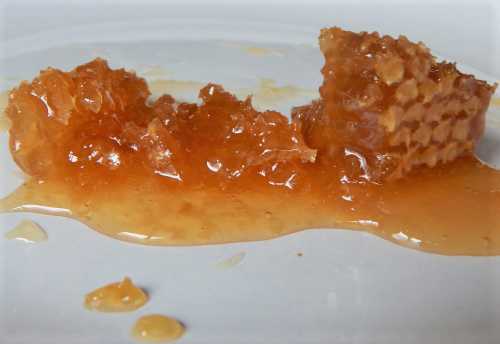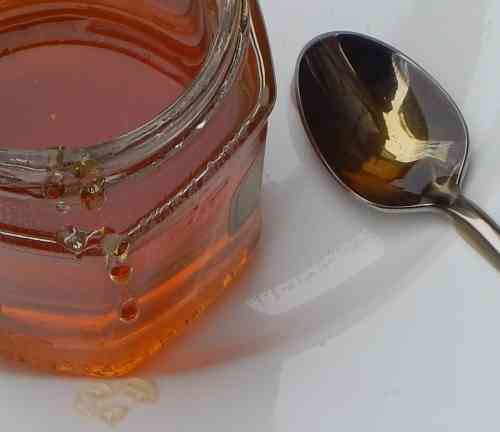What Is Honey?
A variety of definitions exist for the term 'honey', but all cite the role of honey bees in its production.
What Honey Is
Honey is a sweet product made from flower nectar, plant secretions, or excretions of plant-sucking insects, combined with an enzyme secreted by honey bees, then concentrated by reducing moisture in the honeycomb cells.
A basic formula is as follows:
Sucrose (nectar)
+
invertase (bee enzyme)
=
fructose + glucose (honey).
Beekeepers take the honey made by bees from hives once they can see the honeycomb cells have been capped (sealed) by the bees. Some beekeepers then treat it through heating and filtering before it is stored in jars.
Legal Definitions Of Honey
We can also define what honey is according to legal definitions.
According to US regulations, 7 USC § 4602(7)1:
"The term “honey” means the nectar and saccharine exudations of plants which are gathered, modified, and stored in the comb by honey bees."
In the UK, the Honey (England) Regulations 2015 adopt the EU regulatory definition2:
"“honey” means the natural sweet substance produced by Apis mellifera bees from the nectar of plants or from secretions of living parts of plants or excretions of plant-sucking insects on the living parts of plants which the bees collect, transform by combining with specific substances of their own, deposit, dehydrate, store and leave in honeycombs to ripen and mature."
Interestingly, the UK/EU definition appears to reflect the origin of most commercially available honey (from Apis mellifera specifically), whereas the US definition is more flexible, and (whether intentionally or not) allows for the fact that honey may be produced by different honey bee (Apis) species, not only Apis mellifera.
However, the UK/EU definition also allows for honey made from aphid secretions (see honeydew honey) whereas this is omitted from the US definition.
Honey Presentations
Honey is a available in a number of presentations.
Raw Honey
Raw honey is simply honey that has not yet been treated by the beekeeper through heating and filtering.
Liquid Honey
This is the honey format most of us are familiar with: that is, the liquid ‘runny honey’ you get in jars.
Honey varies in shade from light amber (and even almost clear) to very dark - read more on my page about honey colour.
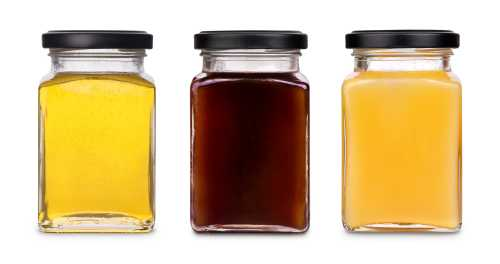
Comb Honey
Did you know, even the beeswax comb can be eaten! This is honey, still in the comb. Honeycomb can be enjoyed with goats cheese or in yoghurt - see Can You Eat Honeycomb.
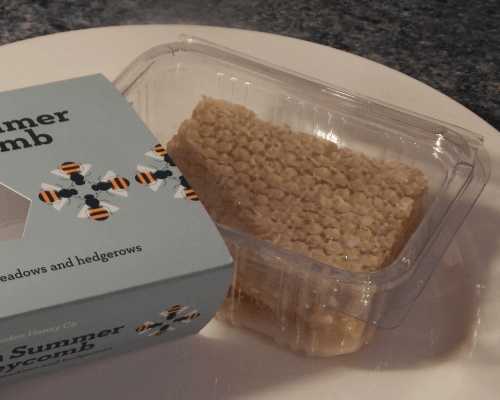 Packaged honeycomb ready for sale.
Packaged honeycomb ready for sale.Cut Comb
This is a combination of the two above! That is, liquid honey, with pieces of honeycomb remaining.
Read about: Types Of Honey.
What Is Crystallized Honey?
This is where some of the glucose component within the honey has crystallized.
What Is Cactus Honey?
Despite its name, Cactus Honey is not honey at all - this is simply another name for Agave Nectar - which is sap from the Agave plant.
No honey bees are involved in its creation.
What Are Powdered And Granulated Honey?
Powdered and granulated honey tend to contain a large number of ingredients other than honey - the key is to check the label of the item you are thinking of purchasing to see what it contains, because they can be quite different.
Ever wondered......
Do bumble bees make honey?
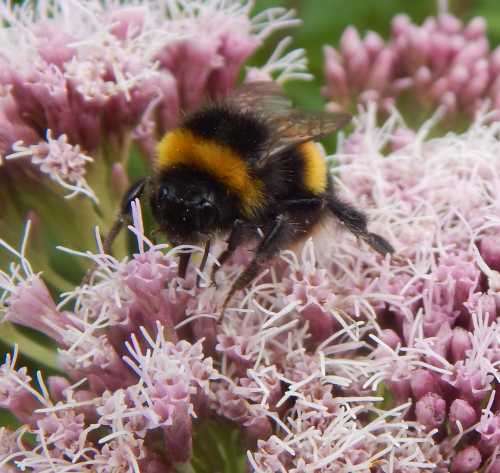
References
2. The Honey (England) Regulations 2015 (legislation.gov.uk)
Did You Know?
Toxic Honey Was Used In Ancient Warfare!
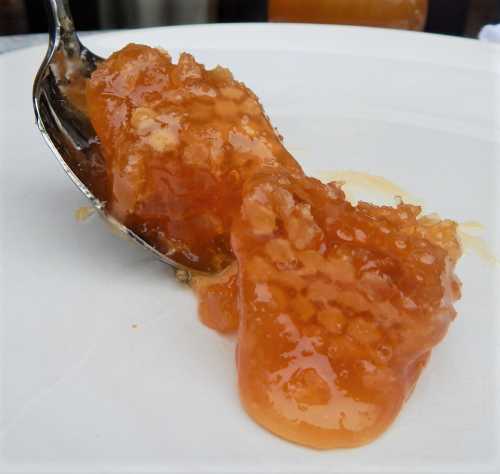
>
>
If you found this page helpful or interesting, I'd really be grateful if you would share it with others - if not this page, perhaps another, such as Gardening For Bees.
Thank you so much :) .
